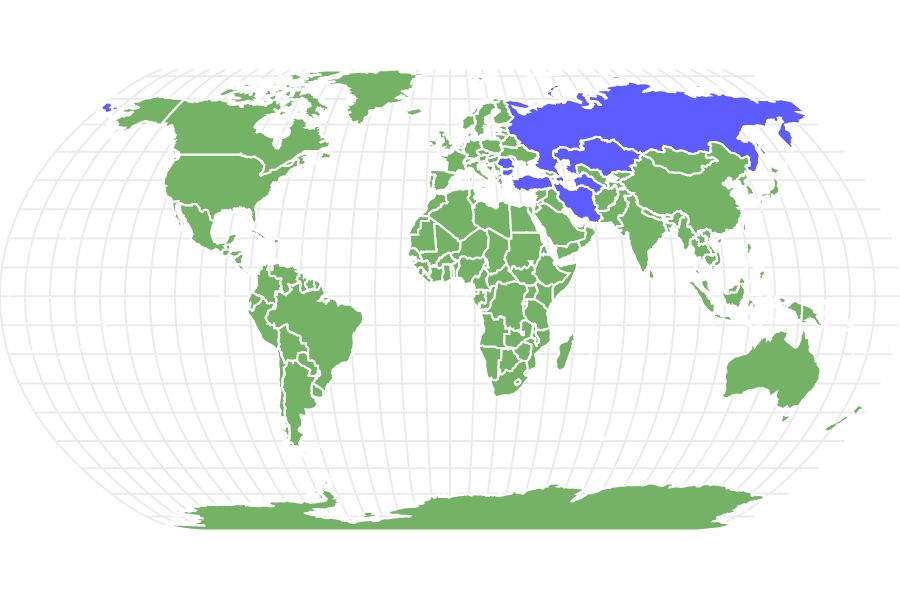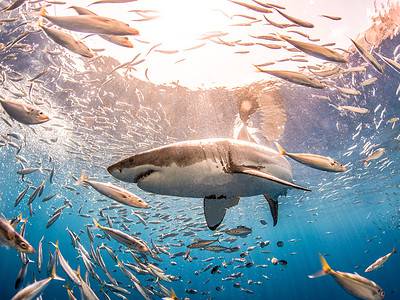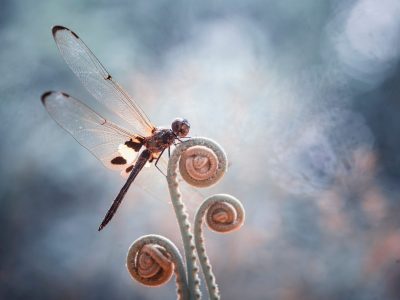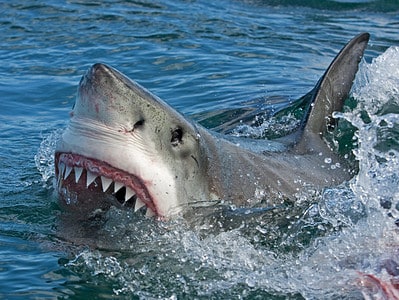Beluga Sturgeon
Huso huso
Advertisement
Beluga Sturgeon Scientific Classification
- Kingdom
- Animalia
- Phylum
- Chordata
- Class
- Actinopterygii
- Order
- Acripenseriformes
- Family
- Acipenseridae
- Genus
- Huso
- Scientific Name
- Huso huso
Read our Complete Guide to Classification of Animals.
Beluga Sturgeon Conservation Status
Beluga Sturgeon Facts
- Prey
- Other fish
- Group Behavior
- Solitary
- Group
- Biggest Threat
- Overfishing
- Other Name(s)
- Great Sturgeon
- Gestation Period
- A few days
- Optimum pH Level
- 6.5 - 8.0
- Average Spawn Size
- Depends on fish size
- Habitat
- Streams, Ponds, Inland Seas
- Predators
- Other fish
- Diet
- Carnivore
- Type
- Fish
- Common Name
- Great Sturgeon
- Number Of Species
- 27
- Location
- Black and Caspian Sea
- Migratory
- 1
Beluga Sturgeon Physical Characteristics
- Color
- Grey
- Blue
- Light Grey
- Dark Grey
- Skin Type
- Boney Plates
- Lifespan
- Over 100 years
- Weight
- 75-3500 lbs
- Length
- 3-25 ft
- Age of Sexual Maturity
- 6 to 25 years
- Venomous
- No
- Aggression
- Low
View all of the Beluga Sturgeon images!
The Beluga Sturgeon is one of the largest fish in the world!
The Beluga Sturgeon, the Great Sturgeon, or just Beluga, is the third largest living species of bony fish in the world. It is found in the Caspian and Black Seas and, at one time, in the Adriatic Sea.
The roe from this fish is very sought after for caviar and is very valuable. Therefore, the populations of these fish have been greatly reduced by poaching and overfishing and are considered by the IUCN as critically endangered.
4 Beluga Sturgeon Facts
- The Beluga Sturgeon is one of the oldest species of fish that are not extinct, dating back at least 200 million years.
- The caviar from this fish is highly sought after and can cost over $4,000 per pound. Due to its endangered status, importing this caviar into some countries is illegal.
- Notes have been found in ancient Greek, Roman, and Chinese literature that describe harvesting the Beluga Sturgeon back to 1000 BC.
- This sturgeon is the largest freshwater fish in the world and the third largest fish on the planet.
Beluga Sturgeon Classification and Scientific name
The scientific name for the Beluga Sturgeon is Huso huso. Sometimes, they are also called Great Sturgeon or just Beluga. Beluga Sturgeon is in the order Acipenseriformes, and the family Acipenseridae.
This family contains 27 different species that are all commonly referred to as sturgeons. Sturgeons are one of the oldest families of fish, with some ancestors dating back to the Early Jurassic period, nearly 200 million years ago.
Most sturgeons live very long lives, with several species harvested for their roe. The Beluga Sturgeon is the largest of the Sturgeons. Its name is derived from its characteristic white underbelly. Beluga comes from the Russian word belyj, which means “white.”
Beluga Sturgeon Appearance
The Beluga Sturgeon is the largest living freshwater fish in the world. They can weigh over 3000 pounds and grow up to 20 feet in length. However, the record for the largest was taken in 1827 in the Volga estuary. It weighed 3,463 pounds and was 23 feet, 7 inches long.
The body of the Beluga is similar to other sturgeons in that it has an elongated body, shark-like tail, no scales, a series of bony plates called “scutes,” and a skeleton that is partially made of cartilage. These “scutes” and their very thick skin act as a defense against sharks and other biting fish smaller than the Beluga. Belugas have the characteristic white underbelly for which they are named.
The rest of their body is typically dark grey and/or olive green in appearance. They also have barbells or “whiskers” similar to catfish that help them locate prey in the water.
As a Beluga Sturgeon ages, its overall appearance changes somewhat. Young Belugas are slender and long, with a thin and pointed snout. Their head is narrow, and their mouth projects upward. As they age, they grow noticeably heavier in the head and the front half of the body and are humpbacked. The snout becomes quite short, and their large mouth appears to “frown” underneath the snout.
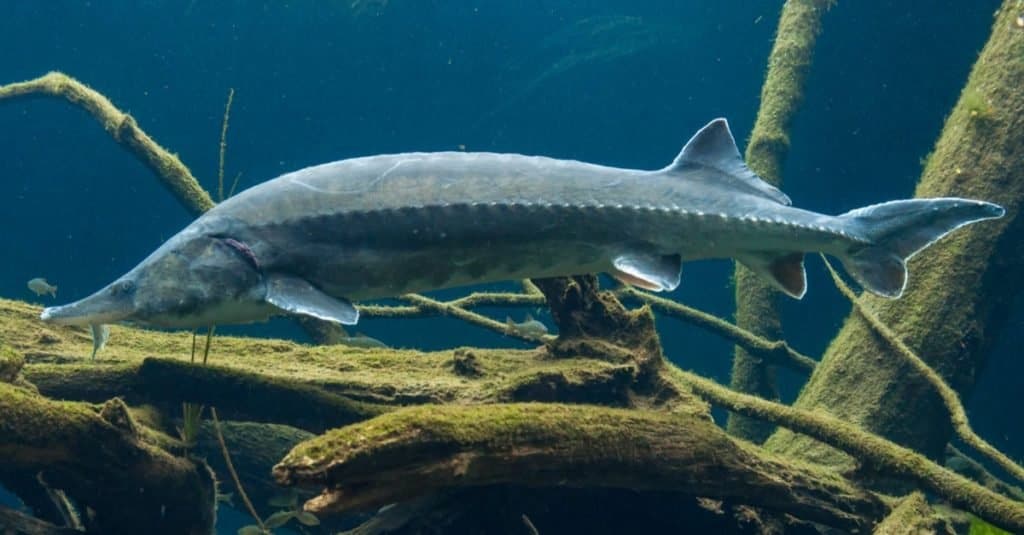
Underwater portrait of a Beluga, also called Great Sturgeon (Huso huso). The beluga is the third-largest living species of bony fish in the world.
©Mick Rush/Shutterstock.com
Beluga Sturgeon Distribution, Population, and Habitat
Beluga Sturgeon are found in the Caspian and the Black Sea. Both of these seas are large inland freshwater lakes, with the Caspian Sea being the world’s largest inland body of water.
Technically, these seas are freshwater. However, they do have a low level of salinity. The Caspian Sea has about 1/3 the average salinity of seawater. The Beluga will live around the mid-range of the depth of their habitat, constantly monitoring these areas for food.
The exact population of the Beluga Sturgeon is unknown. However, due to the extreme value of their roe, they are heavily fished, and their populations have decreased in the past 25 years. The ICUN considers them critically endangered. They are also a protected species under the Bern Conventions, and their trade is restricted under CITES.
The United States Fish and Wildlife Service has banned importing Beluga caviar, and the Beluga Sturgeon is listed under the US Endangered Species Act.
Beluga Sturgeon Predators and Prey
Beluga Sturgeon is one of the largest predatory fishes on Earth. It is one of the only species of sturgeon that actively eats other fish. Small, young Sturgeons will feed on invertebrates in shallow areas where they grow very quickly. They will primarily eat other fish after reaching 3-4 inches in length.
What Eats Beluga Sturgeon?
Due to their extreme size, they have no natural predators other than humans. Poachers are their primary threat due to their extreme value and endangered status.
What Does Beluga Sturgeon eat?
Young Beluga Sturgeons eat invertebrates and will quickly move to just eating fish.
Beluga Sturgeon Reproduction and Lifespan
Belugas migrate upstream in rivers to spawn. In the past, some have been known to travel as far as 1000 miles upriver to spawn. They did this by migrating in stages.
In the first stage, they will swim part way in the fall to sections of the river that offer a sustainable habitat for the winter. They would then swim the second stage in the spring. Today, this is impossible due to the development of the rivers and the dams that have been built.
Females reach sexual maturity at around 16-22 years of age, while males will mature at 12-16 years of age. Every 4 to 7 years, females will lay their eggs on gravel from 15 to 130 feet deep. Males will then fertilize the eggs. The number of eggs released depends on the size of the female. Some larger ones can release over 100 pounds of eggs at once.
After hatching, the young will feed in the river’s shallows as they make their way back to the sea. Beluga Sturgeon can live to be 100 years old or older, although, in current times, this is rare since they grow very large and are targets for poachers.
Beluga Sturgeon in Fishing and Cooking
Since Beluga Sturgeons are protected, catching or killing them is illegal. While their meat is similar to swordfish, their role is highly sought after for caviar. Beluga caviar is one of the most expensive caviars in the world and can cost up to $4,500 per pound.
Because Belugas are very large fish, their roe is also some of the largest. The most expensive type is called “Almas.” It is golden in color (regular Beluga Caviar is light grey or black) and comes from a rare Albino Beluga Sturgeon. This caviar can cost more than $35,000 per pound.
In 2005, the United States made it illegal to import Beluga caviar. However, some other countries still allow it. It is most valuable with no additives and is usually served plain with a special caviar spoon made from non-metallic materials. Any additives or additions to the roe make it less valuable.
Since it is very expensive and highly sought after, it is served plain on toast.
Similar Animals
- Great Oarfish
- Sturgeon
Beluga Sturgeon FAQs (Frequently Asked Questions)
Where are Beluga Sturgeons found?
Beluga Sturgeons are found in the Caspian and Black Seas and in the tributaries that feed these seas.
Thank you for reading! Have some feedback for us? Contact the AZ Animals editorial team.
Sources
- Wikipedia / Accessed September 23, 2022
- Oceana / Accessed September 23, 2022
- American Oceans / Accessed September 23, 2022
- (1970)

